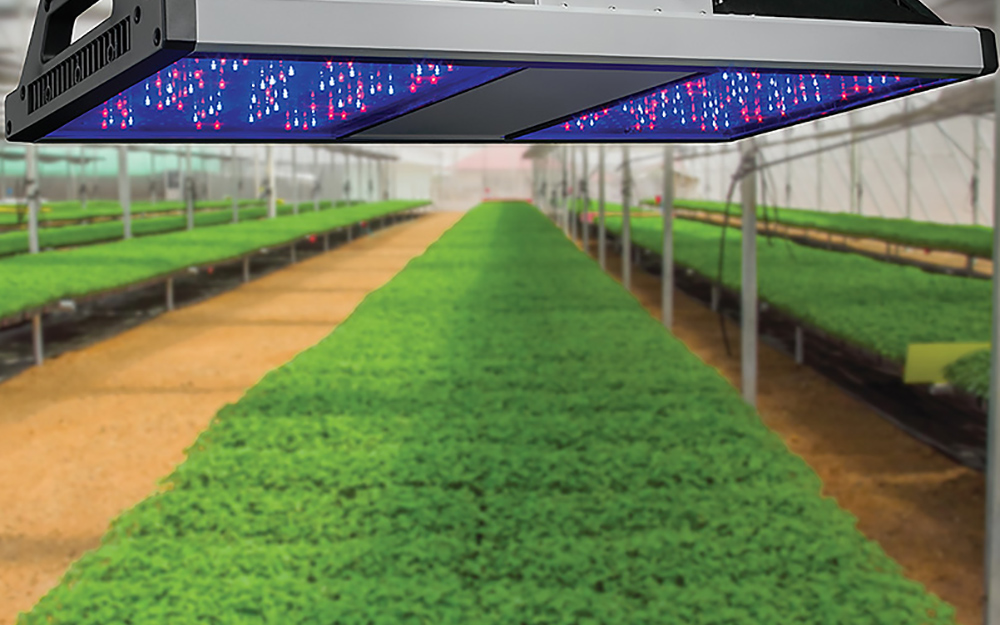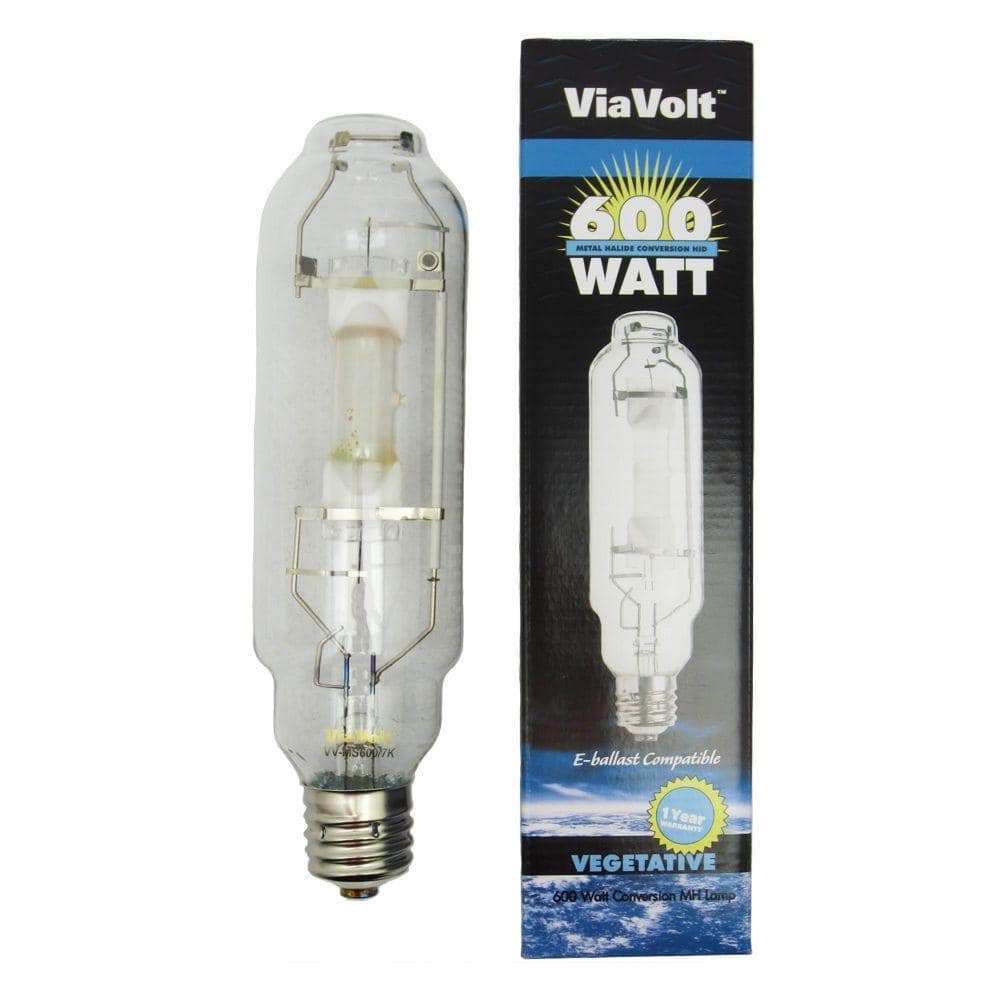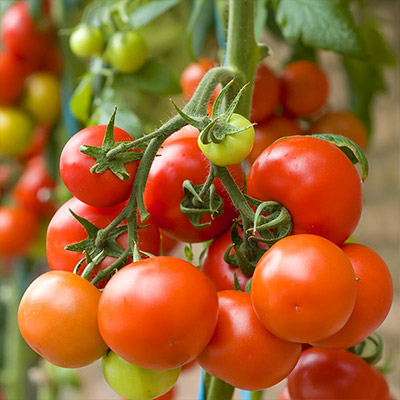Indoor Plant Growing with LED Lights

Last updated September 7, 2023
While growing plants like perennials, fruits and herbs outside is a great pastime, some climates are not ideal for year-round survival. Growing with LED lights is a project many people can tackle without years of experience or horticulture knowledge. Use this guide to learn more about LED lights for growing, so you can get started.
Table of Contents
How Do Grow Lights Work?
Choosing Grow Lights for Plants
Grow Lights: Best Practices
How Do Grow Lights Work?

Every green plant requires adequate light for photosynthesis. The amount of light a plant needs will vary. Common houseplants typically flourish with a bit of natural sunlight, while fruiting plants, like tomatoes and cucumbers, generally require more light.
LED grow lights are often used to produce the best results for indoor gardening because they give off very little heat compared to fluorescent grow lights or high pressure sodium varieties (also known as HPS grow lights).
Many LED lights designed for indoor growing also allow you to select a specific range of light that’s ideal for your plants in their current state. This gives users greater control over indoor growing and will generally yield better results.
In general, LED lights for growing are placed directly over or just to the side of plants as they sprout. Sometimes an array of lights is used for a more complex setup. The user controls the light type, on/off time and the color of the light based on the growth stage of the plant.
Choosing Grow Lights for Plants

LED lights for growing come in a range of types and colors depending on your particular needs. Many indoor growers rotate their grow lights for indoor plants based on the current state of their plants. Here’s a quick guide based on the different stages of growth:
- Violet/blue lights typically come in a nanometer range of 400 and 530. This encourages the early stages of photosynthesis.
- Green light in the 500 to 620 range is ideal for plants with thick growth cover, as it can penetrate top foliage for better light retention.
- Red light in the 600 to 730 range promotes flowering for later stage plants.
- Far red light in the 700 to 740 range is often used to speed the process of flowering.
Tip***:*** Mixing light colors and nanometer ranges is often recommended for certain plants. Learn more about the species of plant you’re trying to grow before you begin. You may also need to provide different lighting conditions for different plants if you’re growing more than one variety at a time. Typically, this can be done in the same area with proper spacing and care on your part.
Grow Lights: Best Practices

- Aim to place your LED grow lights six to 12 inches from your plants. This will give your plants the right amount of light without overheating them.
- Turn your lights off about eight hours per day. As a general rule of thumb, you’ll want to use your LED lights for growing about 12-16 hours each day.
- Don’t be afraid to change your light set up. You may find that moving your lights or increasing or reducing the amount of time they’re on by an hour or two can create a dramatic difference in overall growth.
- Take time for a little research on the plants you’re growing. An assortment of plant guides are available to help you learn more about the unique needs of different varieties. In many cases, following a week-by-week system is vital for the most fruitful growth.
Using grow lights for plants can seem complex when you first get started, but in many ways, it’s a simple process that’s easy to follow and understand. For new growers, LEDs are generally the best bet since they don’t put off too much heat. Many LED lights for growing also include multiple settings, so you can quickly change your light type based on the needs of your plants.
Whether you need the right lights, trays, seeds or potting soil, The Home Depot delivers online orders when and where you need them.





























